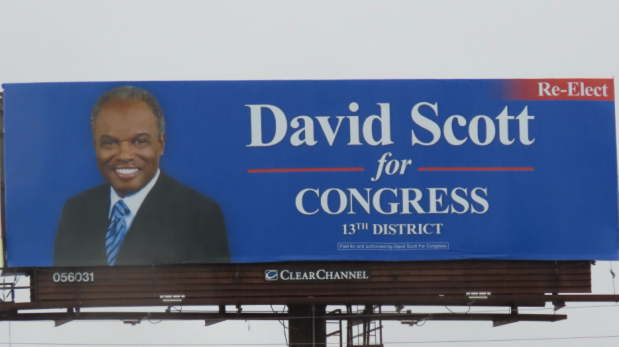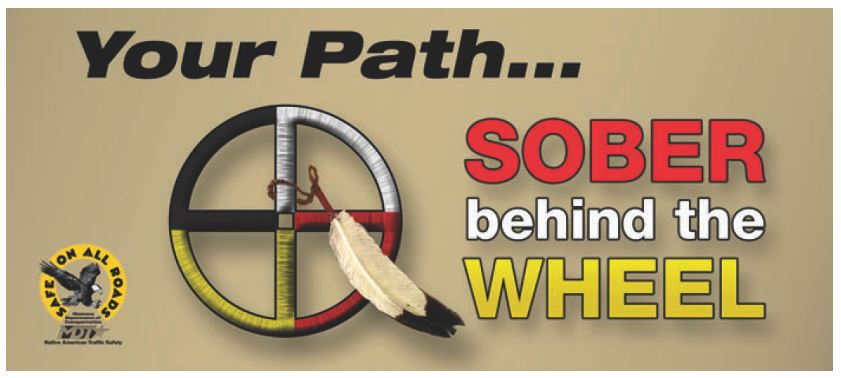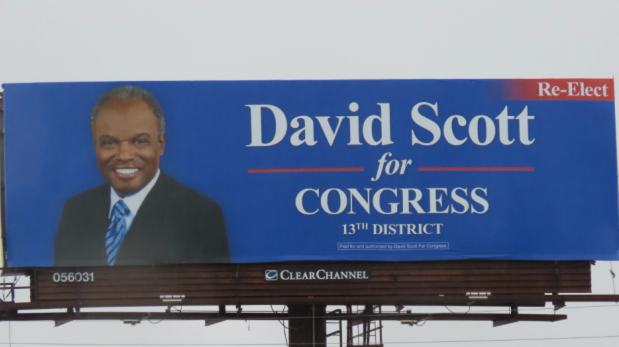
After the attacks of 9/11, 2001, Tom Ridge, the first Secretary of the U.S. Department of Homeland Security, wanted the federal government to communicate with Main Street America. To reach “every corner of the nation,” he relied on out of home media.
Secretary Ridge wanted to reduce fear and promote common-sense steps to “be ready.” He knew OOH media connected with large audiences in hard-to-reach places.“We have a choice,” Ridge said. “We can be afraid or we can be ready. The outdoor industry . . . is carrying our message to every corner of the nation.”
Two decades later, America is undertaking one of its most ambitious logistical and communications challenges – the vaccination of almost every citizen. No doubt, out of home media will again be part of the mix, and for good reasons.
Some of those, hard-to-reach places that OOH has mastered include:
Rural America
- In western Pennsylvania, a single billboard poster ad for a country store and deli boosted sales 12 percent; beef jerky sales increased 15 percent.
- A community college in rural Kentucky grew enrollment thanks to highway billboard bulletins.
- In rural Oregon, a bank expanded its auto-loan portfolio at new branches with the help of OOH.
- A Ford dealer in small-town Michigan boosted year-to-year sales 10 percent after it added billboard bulletins to its media mix.
Native American Lands
The National Highway Traffic Safety Administration (NHTSA) sends grant money to states, which often use OOH media because they have flexibility to shape localized messages in ways that work best.
Montana used OOH platforms to target Native Americans with its ads for its SOAR program (Safe On All Roads) safety messages to reduce the high incidence of traffic accidents on Native American reservations. One result: Montana recorded a reduction in Native American traffic fatalities associated with impaired driving or not using seat belts for three years in a row.

African-American and Hispanic Communities
OOH media “over-indexes” for African American and Hispanic populations, which means African Americans and Hispanics are more likely to see billboards and other OOH formats compared to the overall population.
The Spanish-language, movie channel Cinelatino relied on billboards, mall displays, bus ads, and bus-shelter posters to boost its profile significantly in the Los Angeles market.
During the 2020 election, the Democratic National Committee posted Spanish-language messages in battleground states. These included the below beauty-shop poster in Arizona and the below bus shelter ad in Florida.

Rep. David Scott (D-GA) used billboards to get elected and re-elected in metro Atlanta. (See one below.) Scott, a former ad-agency owner with a Wharton business degree, said he selected OOH media for five reasons: To connect with constituents, to target commuters, to create an emotional bond, to physically put his image in his district, and to repeat his message.
Scott won with nearly 60 percent of the vote in a newly drawn district in 2002 and has been re-elected every two years since then. After winning the primary election in 2020, Scott got more than three-out-of-four votes in the November general election.

Published: February 24, 2021